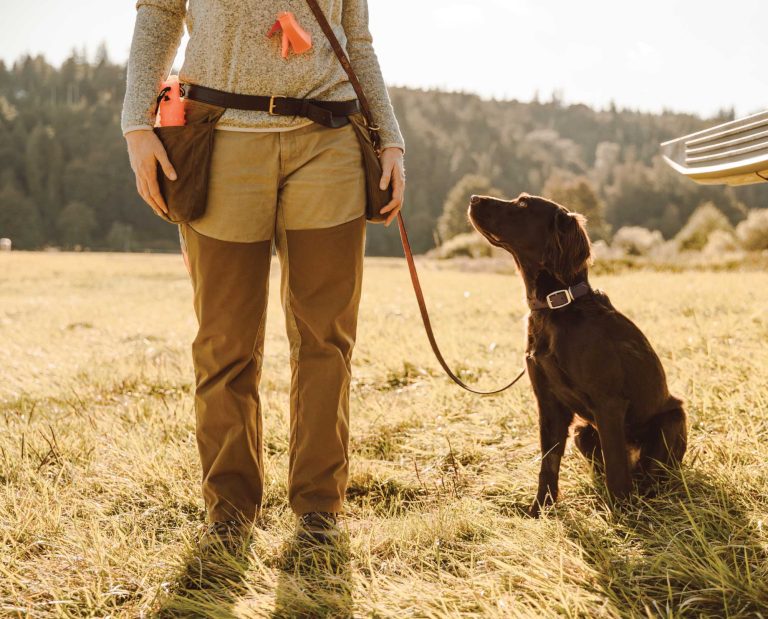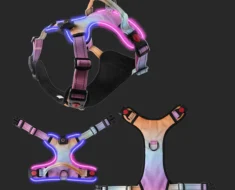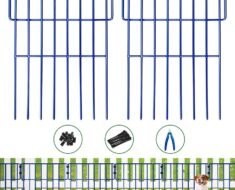Training your dog to heel can be a challenge, but what if there was a simple way to make it easier and more effective? You want your dog to walk calmly by your side, focused and obedient, right?
By using pivots and lure fading, you can teach your dog the perfect heel position step by step. This method not only makes training fun but also helps your dog understand exactly what you expect. Keep reading, and you’ll discover practical tips that will transform your walks together.
Basics Of Heel Position
The heel positionmeans your dog walks close to your left side. The dog stays near your leg without pulling or lagging behind. This position helps keep control during walks and training sessions. It also builds good manners and focus.
Key features include a calm, steady pacematching your steps. The dog’s head is often near your knee or slightly behind it. Eyes may look up at you or forward. The dog should not pull or wander away.
Training heel position is important for safety. It keeps your dog near you in busy or dangerous places. It also helps your dog listen better and follow commands easily. This makes walks more pleasant for both of you.
Role Of Pivots In Heel Training
Pivotsare simple turns that help guide your dog’s movement. They teach your dog to change directions smoothly while staying close to your side. A pivot is a small, controlled turn where your dog moves around you without pulling or lagging behind.
These turns help your dog understand how to follow your steps. By practicing pivots, your dog learns to stay in the correct heel position. This makes walks more pleasant and controlled.
Using pivots, you can guide your dog forward, backward, or to the side. Each pivot helps your dog learn new movement patterns. It also builds focus and attention on you.
Lure Fading Technique
Using treatshelps dogs learn the heel position faster. Start by holding a treat near your dog’s nose to get their attention. Guide your dog to walk beside you using the treat as a lure. Give the treat as a reward when your dog stays close. This creates a positive link between staying close and treats.
Gradual removalof treats is key. Slowly move the treat from your dog’s nose to your side. Give treats less often but always praise your dog. This helps your dog learn to stay in position without needing a treat every time. Over time, your dog will follow the heel command without any lure.

Credit: www.youtube.com
Step-by-step Training Plan
Start by teaching your dog basic commands like “sit” and “stay.” Use treats to get your dog’s attention. Practice these commands in a quiet place with few distractions. This builds a good foundation for heel training.
Next, introduce pivotsto guide your dog’s movement. Stand still and use a treat to lure your dog around you. This helps your dog learn to stay close and follow your direction.
Begin lure fadingby slowly reducing the use of treats. Use hand signals or voice commands instead. This trains your dog to respond without always expecting food.
Keep reinforcing the heel positionby praising your dog when it walks correctly. Use short sessions often. Patience and consistency are key to success.
Common Challenges And Fixes
Distractionsoften make training harder. Dogs may lose focus easily. Use quiet places at first. Slowly add noises or people later. Patience helps a lot.
Inconsistent responsescome from unclear signals. Always use the same words and hand signs. Reward your dog quickly after good behavior. This helps them understand better.
Resistancecan happen if the dog feels confused or scared. Take breaks if your dog looks tired or upset. Use treats and praise to keep motivation high. Small steps work best.

Credit: projectupland.com
Tips For Long-term Success
Consistencyis key for training your dog’s heel position. Practice daily, even for a few minutes. This builds good habits and helps your dog remember the commands. Keep training sessions short and fun to keep your dog interested.
Positive reinforcementworks best. Use treats, praise, or petting to reward your dog when they follow the heel position correctly. This makes your dog want to repeat the good behavior. Avoid punishment; it can confuse or scare your dog.
Regular refreshershelp keep the skill sharp. Practice the heel position in different places and with distractions. This helps your dog stay focused no matter where you are. Small, frequent sessions are better than long, rare ones.

Credit: merakidogs.com
Frequently Asked Questions
What Is The Heel Position In Dog Training?
The heel position means your dog walks closely beside your left leg. It ensures control and safety during walks. Training this helps your dog stay focused and calm near you.
How Do Pivots Help Train Heel Position?
Pivots guide your dog to turn and stay beside you. They teach precise movement and attention. Using pivots reinforces the dog’s understanding of the heel position during walking.
What Is Lure Fading In Dog Training?
Lure fading gradually removes treats used to guide your dog. This method helps your dog learn commands without relying on food. It builds long-term obedience and focus on heel position.
How To Combine Pivots And Lure Fading Effectively?
Start with treats to lure your dog into position. Use pivots to practice turns while keeping the dog close. Slowly reduce treats to fade the lure and maintain heel position naturally.
Conclusion
Training your dog to heel takes patience and practice. Pivots help your dog learn the right position clearly. Lure fading makes your dog focus without treats. Keep sessions short and fun to keep your dog interested. Repeat often and reward good behavior each time.
Soon, your dog will walk calmly by your side. Consistency is key to lasting results. Enjoy the process and watch your bond grow stronger.





